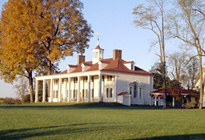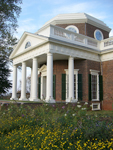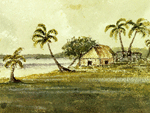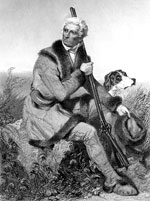Fort Randall Military Post
The Fort Randall Military Post, named for Colonel Daniel Randall, served many functions from the time it was built in 1856 until the fort was abandoned in 1892. During that time, the post provided military protection to settlements along the Missouri River, escorted many wagon trains and survey parties, and served as the central military supply depot for the area. Today, all that remains of the fort buildings that housed approximately 500 men are several foundations which have been excavated, the Fort Randall Post Cemetery, and the Fort Randall Chapel. A self-interpretive trail leads visitors around the site. The Fort Randall Visitor Center tells the history of the fort and its occupants.
The site offers exhibits.



